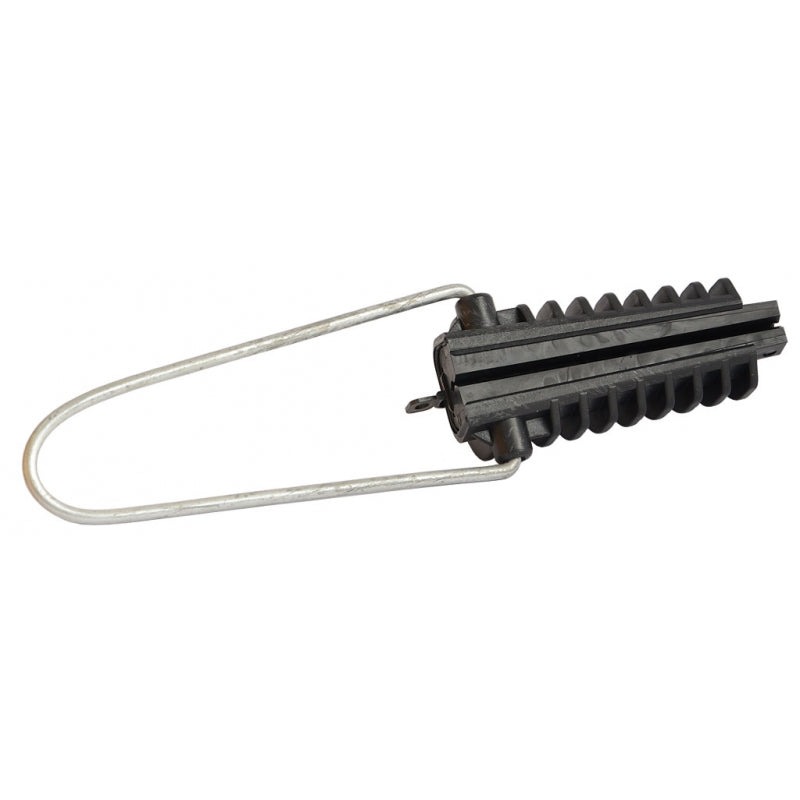In the world of overhead cable systems, suspension bridges, and utility line management, wedge anchoring clamps play a crucial role in securing and tensioning wires or conductors. These mechanical devices are designed to provide reliable grip and stability, especially in environments where durability and safety are paramount. Whether in power distribution networks or telecommunications, anchor clamp serve as a backbone component ensuring structural integrity.
What Is a Wedge Anchoring Clamp?
A wedge anchoring clamp is a type of mechanical fastener used to anchor and hold cables, typically in aerial or overhead systems. The clamp consists of a body, usually made of high-strength thermoplastic or metal alloy, and an internal wedge mechanism. When a conductor or wire is inserted, the wedge applies pressure to secure the cable in place. This self-tightening design ensures that the clamp holds firmly under tension and load.
Key Components and Design
-
Body: Usually made from corrosion-resistant materials like aluminum alloy or reinforced polymer to withstand environmental stress.
-
Wedges: The inner wedges are designed to grip the cable tightly as they are pulled into the body of the clamp.
-
Loop or Bail: A flexible or rigid loop at one end allows for secure attachment to poles or tension brackets.
-
Grooved Inserts: These may be included to enhance the grip on the conductor, especially in high-tension setups.
How It Works
The principle of operation is simple yet effective: as the conductor is pulled through the body of the clamp, the wedge moves into position, tightening against the cable due to the tapering inner design. The more tension applied, the tighter the grip becomes — a feature known as self-energizing locking.
Applications
Wedge anchoring clamps are commonly used in:
-
Overhead power transmission and distribution lines
-
Fiber optic cable installation
-
Street lighting systems
-
Rural electrification projects
-
Railway electrification systems
They are especially useful in LV-ABC systems (Low Voltage Aerial Bundled Conductors) where durability, ease of installation, and minimal maintenance are key considerations.
Advantages
-
Tool-free installation: Many models require no special tools for installation.
-
Weather-resistant: Resistant to UV rays, moisture, and corrosion.
-
High holding capacity: Can maintain strong grip under varying load conditions.
-
Reusability: Some types are reusable, reducing long-term costs.
Conclusion
The wedge anchoring clamp is a small but indispensable component in modern infrastructure. Its simple design and robust functionality make it an essential tool in maintaining safety and efficiency in cable management systems. As industries continue to prioritize reliable and sustainable utility networks, the role of such mechanical devices will remain critical.
